The entirety of the year 2020, and what is starting to look like a large chunk of 2021, has been eaten up by the worldwide COVID-19 pandemic. This elusive virus has swept nations the world over, often appearing differently case-by-case, making it difficult to pinpoint and track.
Here’s a comprehensive timeline of COVID symptoms and what you could expect to see as a COVID-19 patient:
Asymptomatic
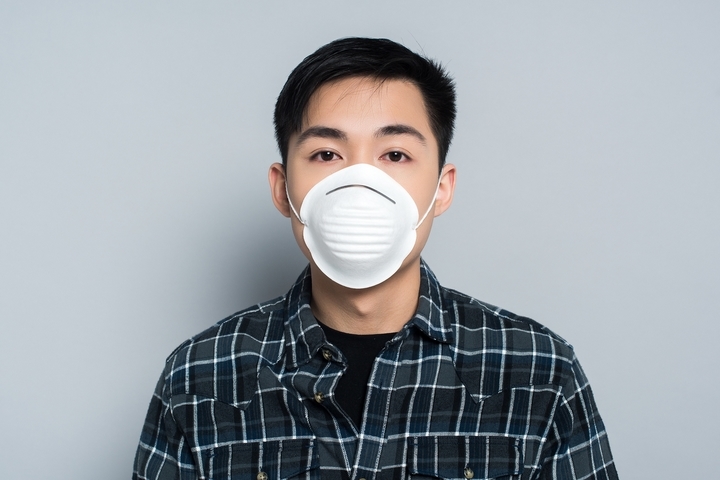
Before we discuss the detailed timeline of COVID symptoms, let’s discuss first with the mildest cases, also known as the asymptomatic. These individuals do not experience any of the typical symptoms of COVID-19, or they experience them so mildly that they don’t even really realize that they are symptoms.
This could include very minor fatigue, a mild fever, or a small headache. In these cases, the person would not realize they have been infected or that they are infectious for the duration of their infectious period, making them a risk to healthy individuals around them. The only way to be sure that someone is infected with COVID-19 is to be tested for it. It is important that individuals who have been exposed to the virus get tested by COVID screening questions, which ensure that they are not infectious.
All other cases

Asymptomatic cases aside, there are many people who do experience COVID-19 symptoms at varying levels of severity. Below is a description of a “typical” timeline for the coronavirus, however it is important to remember that COVID-19 can present as a combination of any of the following symptoms, which can present anywhere from mild to dangerously severe.
COVID-19 symptoms

The potential symptoms you could experience are:
- Body aches and pains
- Chest pain
- Conjunctivitis
- COVID Toes (a rash or discoloration of the toes. Can also appear on the fingers)
- Diarrhea
- Dry cough
- Fatigue
- Fever
- Headache
- Inability to move
- Loss of taste
- Loss of smell
- Shortness of breath
- A COVID-19 Timeline
2-14 days after exposure
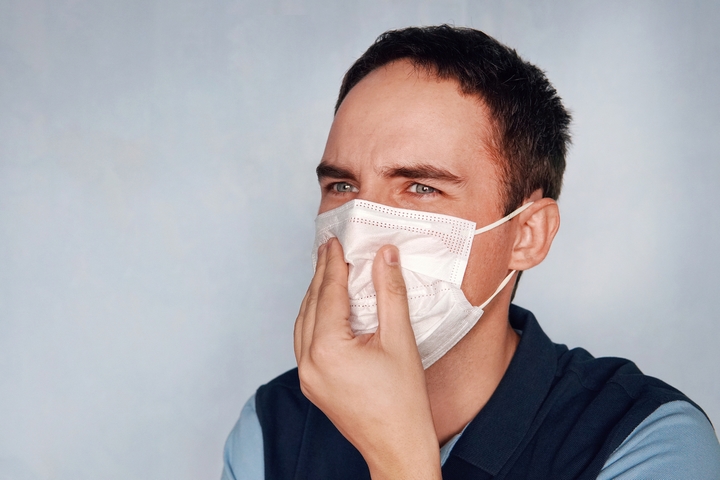
Symptoms can appear any time after infection, but are more likely to appear three to five days after initial infection. The first symptom people often experience in this time is a fever. Prior to the fever beginning, some individuals will have diarrhea and/or nausea.
These first signs of symptoms would also be where individuals would lose their sense of taste and/or smell. Studies show that individuals who experience these symptoms will likely have a less severe form of the virus.
2-3 days after appearance of symptoms
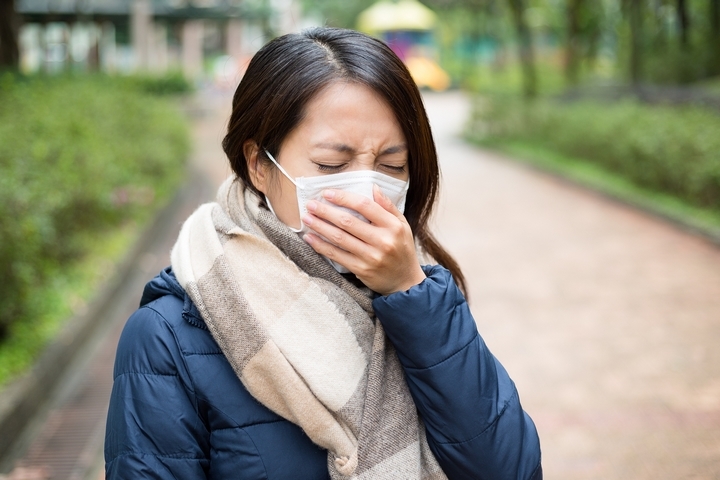
Two to three days after the initial appearance of symptoms, people will often develop a dry cough. It may have developed prior to this, but often will take a couple of days to develop. During this time the fever will likely continue, and body aches may develop. However, during this time and onward any of the above-listed symptoms could appear. The virus varies immensely, and so it is impossible to pin down an exact timeline.
5 days after appearance of symptoms

Most sources dictate that any breathing difficulties that people may experience will begin on day five. This is a particularly common symptom in those who have previously existing conditions like asthma, diabetes, or cystic fibrosis. It is also more common in older individuals.
7 days after appearance of symptoms
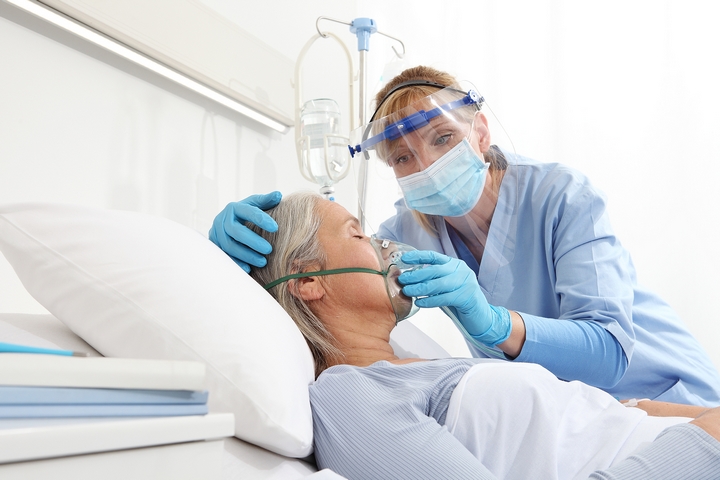
This is the turning point. If symptoms continue to worsen, the patient will be admitted to the hospital. Otherwise, it is likely that the symptoms will begin to improve on or around this day.
12 days after appearance of symptoms

By this time, the fever will disappear, however cough and fatigue will likely remain. Many patients also experience shortness of breath during this time, and may also have body aches and pains.
18 days after appearance of symptoms

In particularly severe cases, this is the average day on which the patients who do not survive the illness will succumb to it. According to studies done on the Case Fatality Rate of COVID-19, it’s extremely difficult to estimate the rate of death of this virus, because it changes depending on environment, conditions, and other factors. Currently in Canada, the statistics are looking at about 18,500 recorded deaths out of 752,000 recorded cases.
After recovery
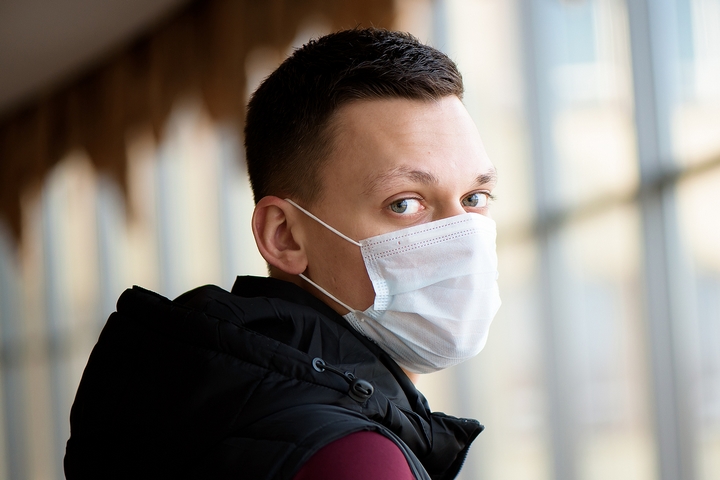
Some people can experience ongoing symptoms such as loss of smell and taste, or difficulty breathing for weeks and even months after recovery.
Avoiding it altogether

Because there is still so little data and understanding about the virus and what its long-term effects could be, it is crucial that each individual does their part to avoid getting it in the first place, especially if they have other conditions that could exacerbate the symptoms of the virus. It is most important to follow the guidelines laid out by your local government. Stay home when possible, and be diligent about disinfecting your hands and any items you bring into your home like groceries and other purchases.




